Defence tests anti-drone laser

At a Puckapunyal range, where tanks and explosions are commonplace, last month a new type of weapon system was put through its paces for senior officers looking to expand Defence’s counter-unmanned aerial vehicle (UAS) arsenal.
CAPTION: AIM Defence employees operate the AIM Defence counter-UAS directed-energy weapons system during a demonstration at the Puckapunyal Military Area, Victoria. Story and photos by Corporal Jacob Joseph.
ADF’s first directed-energy weapon, called the Fractl Portable High Energy Laser, is powerful enough to burn through steel and can track objects as small as a 10-cent piece travelling 100kmph a kilometre away.
It’s silent, virtually motionless and soldiers can be taught to use it in minutes.
Corporal Patrick Flanagan was given a ‘soldier’s five’ before he successfully shot down a drone.
“You push a button to track the drone and the computer takes over, then you push another button to ‘pull the trigger’ just like a video game,” Corporal Flanagan said.
“With your index finger you can quickly change your aim between the drone’s video camera, centre mass or one of the propellers.
“It only takes seconds to knock out the camera and two or three seconds to disable the rotor.”
A soldier presses a button on a small handheld device, similar to a Windows Steam Deck, and hundreds of metres away a drone falls out of the sky in a tiny puff of smoke.
CAPTION: A view of the AIM Defence Counter-UAS Directed Energy Weapons System video interface as it targets a drone at the Puckapunyal Military Area, Victoria.
Melbourne company AIM Defence designed the suitcase-sized laser that works like a blowtorch travelling at the speed of light.
It can burn a hole in a drone using less than the amount of power it takes to boil a kettle.
At the Puckapunyal demonstration, the team ‘hard killed’ a drone at 500m with a deployable prototype.
The laser’s strength is limited by the power supply and AIM Defence has successfully engaged drones at 1km in past tests.
Co-founder Jessica Glenn said the Puckapunyal demonstration was an exceptional result for the company.
“It paints a pathway toward getting this novel wavelength to match similar ranges as our one-micron system, which is achieving 1.5km counter sensor and approximately 1km hard kill engagements,” Ms Glenn said.
This silent and still laser contrasts current capabilities using conventional weapons.
Directed-energy counter-UAS weapons’ effectiveness was pronounced during a side-by-side demonstration with armoured crews in the days before the showcase.
CAPTION: AIM Defence co-founder Dr Jae Daniel explains the operation of the AIM Defence Fractl Portable High Energy Laser to Australian Army Director General Systems and Integration Brigadier Kurt Brown and personnel at the Puckapunyal Military Area, Victoria.
Robotic and Autonomous Systems Implementation and Coordination Office’s (RICO) Warrant Officer Class Two (WO2) Eli Lea said results were mixed.
“They consumed a lot of ammunition and were hitting the target at very close range. There was no margin for error,” WO2 Lea said.
“Laser weapons essentially have an endless magazine as long as there’s power.
“Modern fire control systems specifically designed to track and engage drones are what’s needed.”
Directed-energy weapons are one-way Defence is embracing emerging technology to counter off-the-shelf small multi-rotor uncrewed aerial vehicles that can level the playing field between small and large armies.
In recent years a number of companies, such as Drone Shield, Electro Optic Systems and AIM Defence, have developed kinetic and non-kinetic capabilities.
Last year, Canberra defence technology company Electro Optic Systems received an order for 10 ‘Slingers’, a remote-controlled machine gun bound for Ukraine.
WO2 Lea said the Fractl Portable High Energy Laser could be one of many emerging weapons on future battlefields.
“Drones come in all shapes and sizes and you need a variety of tools to defeat the threat,” WO2 Lea said.
“Shooting small multi-rotor UAS out of the sky is particularly challenging. A directed-energy weapon that can detect, track and engage those types of targets is a part of that tool set.
“The lessons from Ukraine are that drones are a genuine problem and if we don’t do anything about it, we’re going to get a rude awakening in the next fight.”
.
.

.
.

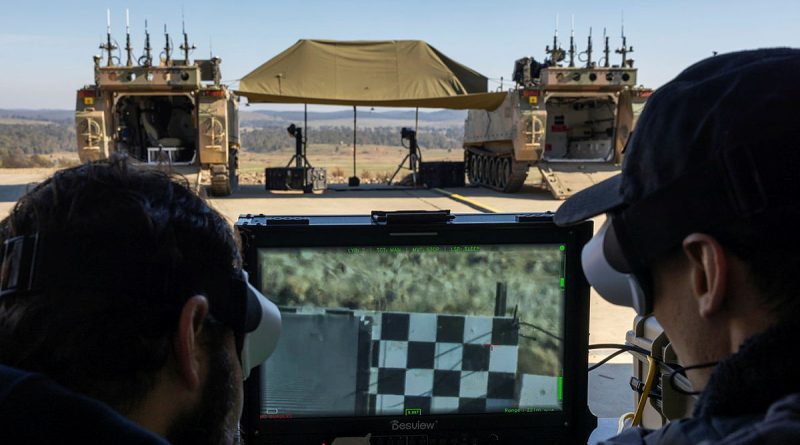

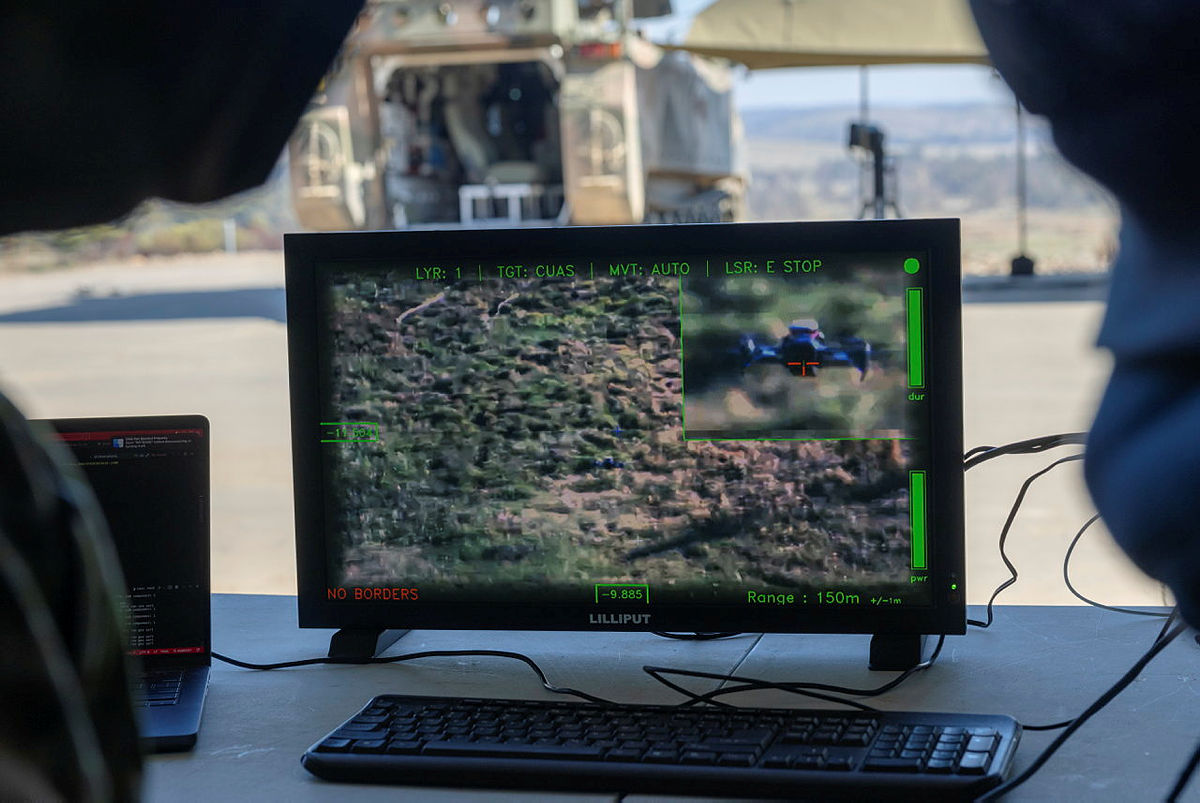
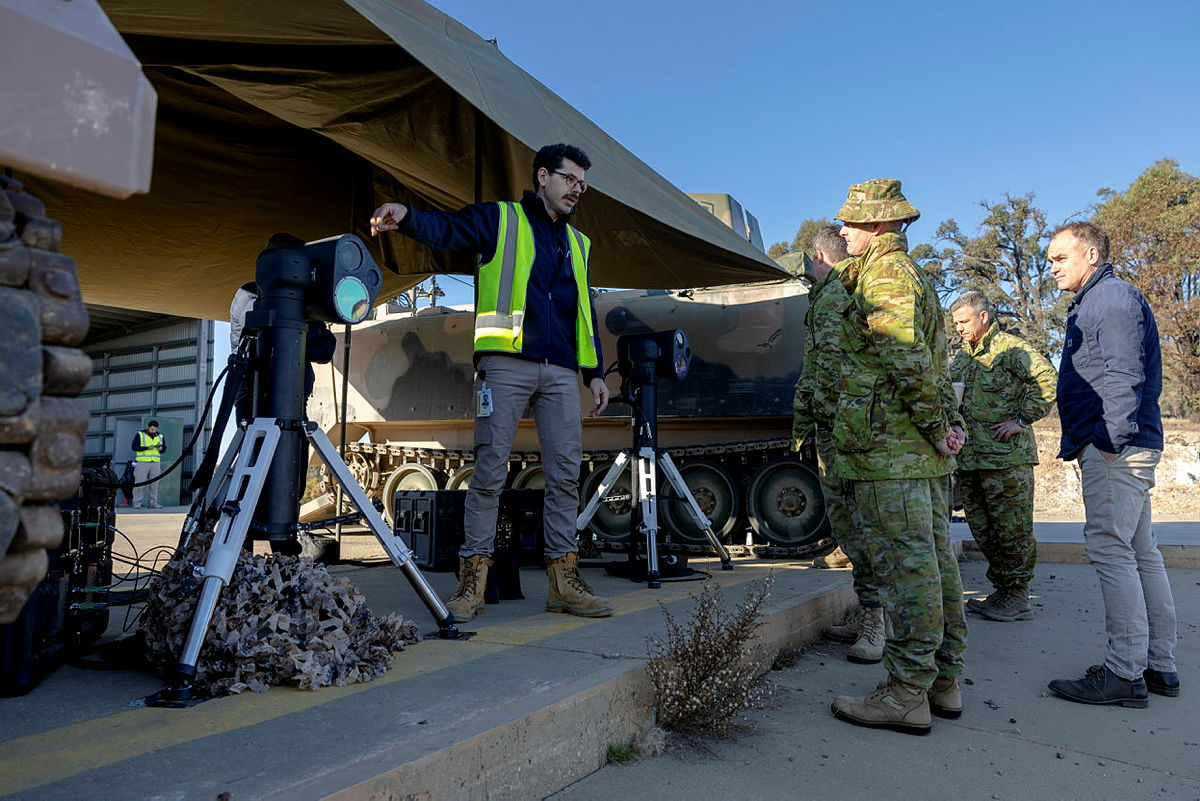
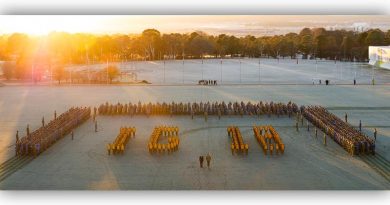

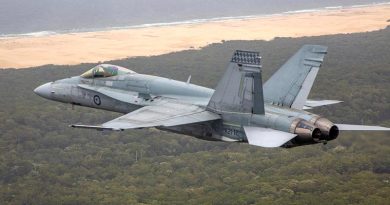
Impressive stuff – hope it works like they say it does – if so – then get lots of them very quickly pls